Home>Ideas and Tips>Upgrading Your Home’s Exterior With DIY Rain Chains


Ideas and Tips
Upgrading Your Home’s Exterior With DIY Rain Chains
Published: August 28, 2024
Enhance your home's exterior with DIY rain chains. Discover their benefits, material choices, and step-by-step installation guide for a stylish upgrade.
(Many of the links in this article redirect to a specific reviewed product. Your purchase of these products through affiliate links helps to generate commission for Storables.com, at no extra cost. Learn more)
Introduction
As homeowners, we often seek ways to enhance the aesthetic appeal and functionality of our homes without breaking the bank. One such upgrade that can significantly transform your home's exterior is installing DIY rain chains. These elegant and eco-friendly alternatives to traditional downspouts not only add a touch of elegance but also provide a unique way to manage rainwater runoff. In this article, we will delve into the world of DIY rain chains, exploring their benefits, how to choose the right materials, and step-by-step instructions on how to install them.
Benefits of DIY Rain Chains
Aesthetic Appeal
Rain chains offer a visually appealing way to manage rainwater runoff. They come in various designs, from simple to intricate, allowing you to choose a style that complements your home's architecture. Imagine a cascading chain of copper cups, each catching and guiding the rainwater down in a mesmerizing dance. It's like having a piece of art that also serves a practical purpose.
Eco-Friendly
Unlike traditional downspouts, rain chains don't require any plumbing or electrical connections, making them an eco-friendly option. They also help in reducing the amount of water that enters storm drains. By directing rainwater to a garden or rain barrel, you can even reuse it for watering plants. It's a win-win for you and the environment.
Noise Reduction
Traditional downspouts can be noisy during heavy rainfall. Rain chains, on the other hand, produce a soothing sound as the water flows through them. Picture yourself sitting on your porch, sipping a cup of tea, and listening to the gentle tinkling of water. It's like having your own natural sound machine.
Durability
When properly installed, rain chains can last for many years with minimal maintenance. They are also resistant to corrosion and weathering. Materials like copper and stainless steel can withstand the elements, ensuring that your rain chain remains a beautiful feature of your home for years to come.
Cost-Effective
While the initial cost of installing a rain chain might be higher than a traditional downspout, it is a one-time investment that can add significant value to your home. Plus, the savings on water bills and the added curb appeal make it well worth the investment.
Choosing the Right Materials
When selecting materials for your DIY rain chain project, consider the following factors:
Material Durability
Look for materials that are resistant to corrosion and weathering. Copper, aluminum, and stainless steel are popular choices due to their durability. Copper, with its natural patina, adds a rustic charm, while stainless steel offers a sleek, modern look.
Aesthetic Appeal
Choose a material that complements the design of your home. For example, copper rain chains can add a vintage touch while aluminum ones might provide a more modern look. Think about the overall style of your home and garden when making your choice.
Flow Rate
Consider the flow rate of the material you choose. Thicker materials like copper might slow down the flow rate but provide a more dramatic effect. If you live in an area with heavy rainfall, you might want a material that allows for a faster flow rate to prevent overflow.
Maintenance
Some materials like copper require periodic maintenance to prevent oxidation. Stainless steel is generally low maintenance but might be more expensive. Think about how much time you're willing to spend on upkeep when choosing your material.
Step-by-Step Installation Guide
Tools Needed:
- Hammer
- Drill
- Drill bits
- Measuring tape
- Level
- Safety glasses
- Gloves
Materials Needed:
- Rain chain (choose your desired material)
- Mounting hardware (e.g., screws, brackets)
- Flashing (optional)
- Waterproof sealant (optional)
Step 1: Prepare the Area
Clear the area around the downspout where you plan to install the rain chain. Remove any debris or old downspout components. Make sure the area is clean and dry before you start.
Step 2: Measure and Mark
Measure from the top of the downspout to where you want to install the rain chain. Mark this point on the wall or gutter. Use a level to ensure your marks are straight.
Step 3: Drill Holes
Use a drill bit slightly larger than the mounting hardware to create holes at your marked points. Make sure these holes are level and aligned properly. Wear safety glasses to protect your eyes from debris.
Step 4: Install Mounting Hardware
Insert screws or brackets into these holes and secure them firmly into place. Make sure they're tight and stable to support the weight of the rain chain.
Step 5: Attach Rain Chain
Hang your chosen rain chain from the mounting hardware. Adjust its position as needed for optimal flow. Make sure it's hanging straight and not twisted.
Step 6 (Optional): Add Flashing
If you live in an area prone to heavy rainfall or have concerns about water seepage, consider adding flashing around where the rain chain meets the wall or gutter. This will help direct water away from your home.
Step 7 (Optional): Apply Waterproof Sealant
Apply waterproof sealant around any gaps between components for added protection against water damage. This will help ensure that your rain chain system is watertight.
Tips and Tricks
Flow Rate Adjustment
If you find that water is flowing too quickly through your rain chain, consider adding additional links or adjusting its position slightly. This can help slow down the flow and create a more dramatic effect.
Maintenance Routine
Regularly inspect your rain chain for signs of wear or damage. Clean it periodically with mild soap and water if necessary. This will help keep it looking its best and functioning properly.
Design Considerations
Ensure that your chosen design complements both your home's architecture and surrounding environment. Think about how the rain chain will look in different seasons and weather conditions.
Local Regulations
Check local regulations regarding rainwater management systems before proceeding with installation. Some areas may have specific requirements or restrictions.
Conclusion
Upgrading your home's exterior with DIY rain chains is a rewarding project that offers both aesthetic appeal and functional benefits. By choosing the right materials and following these step-by-step instructions, you can create a unique feature that enhances both the beauty and sustainability of your home. Whether you're looking to add a touch of elegance or simply manage rainwater runoff more effectively, installing a DIY rain chain is an excellent choice for any homeowner seeking to improve their property without breaking the bank.
Was this page helpful?
At Storables.com, we guarantee accurate and reliable information. Our content, validated by Expert Board Contributors, is crafted following stringent Editorial Policies. We're committed to providing you with well-researched, expert-backed insights for all your informational needs.

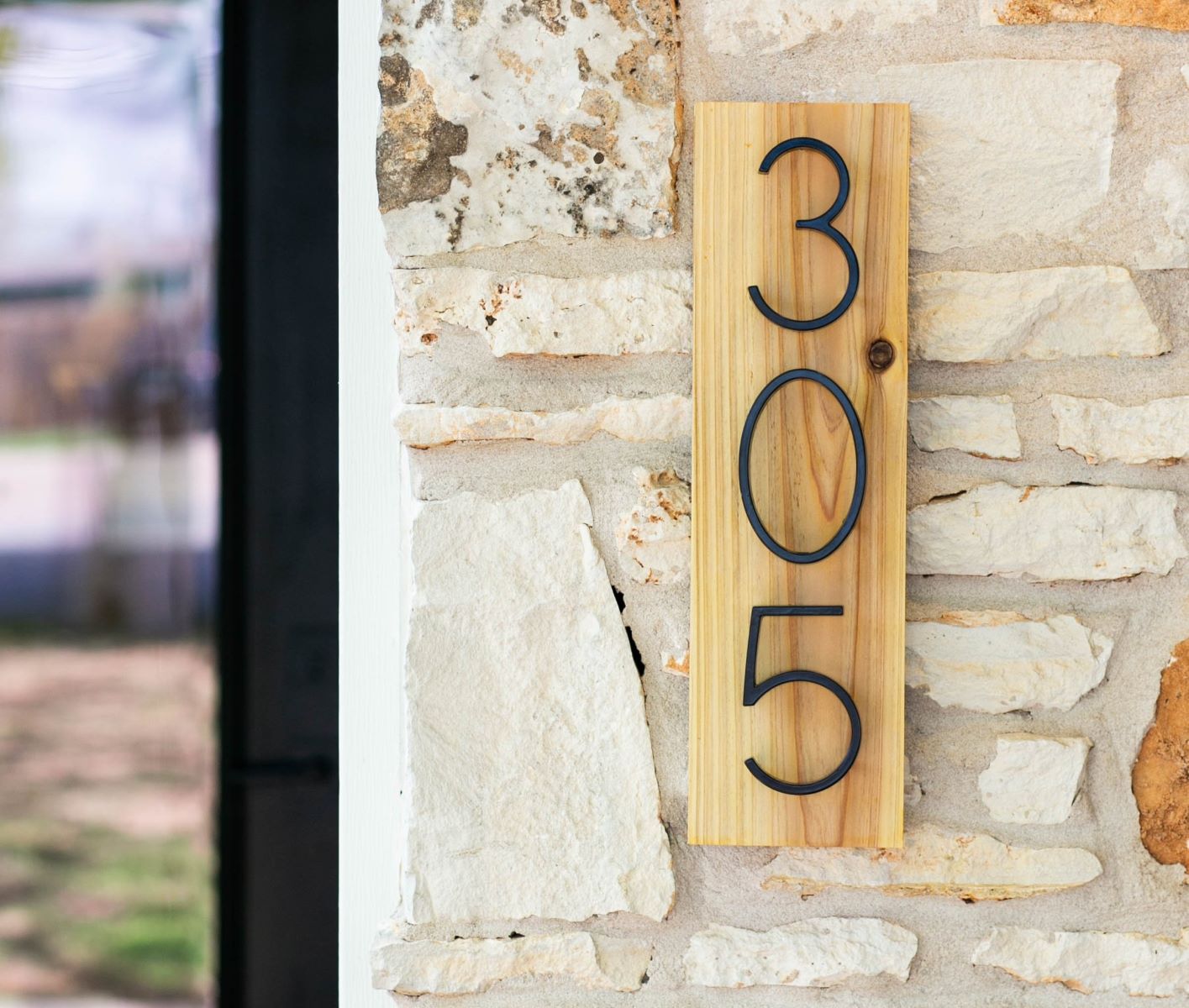
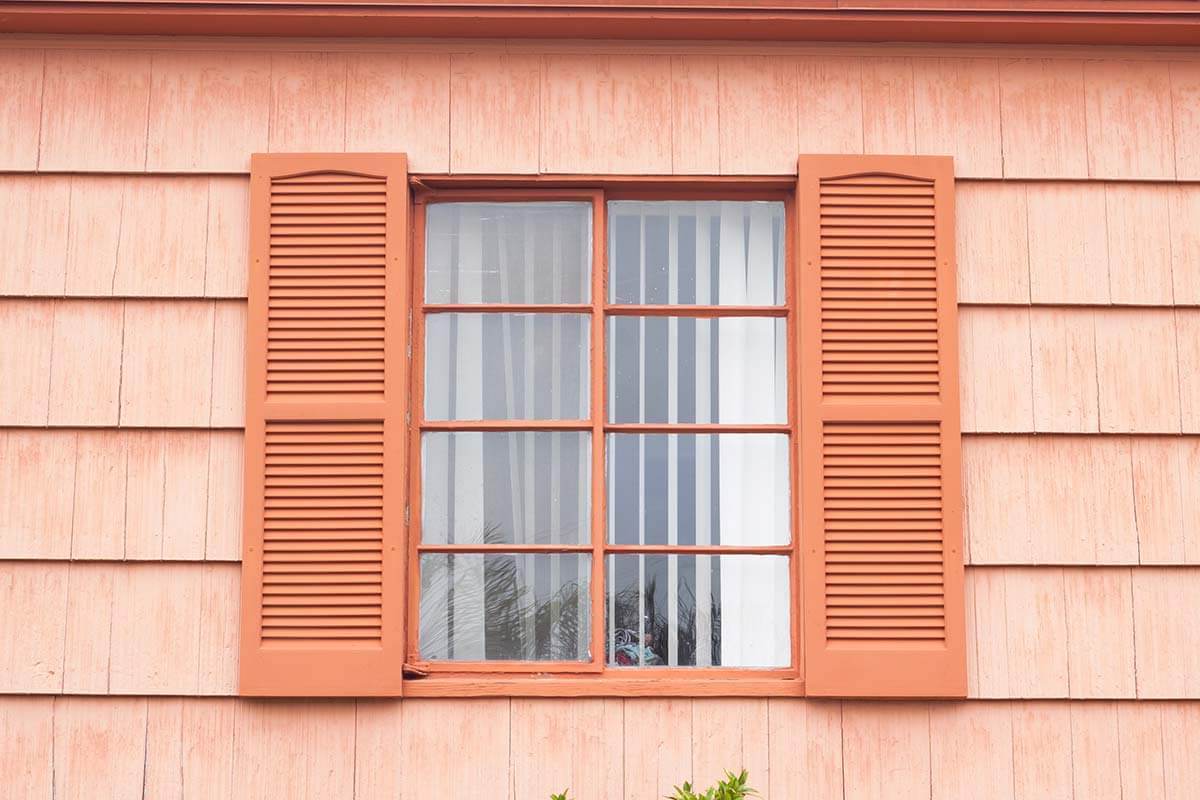

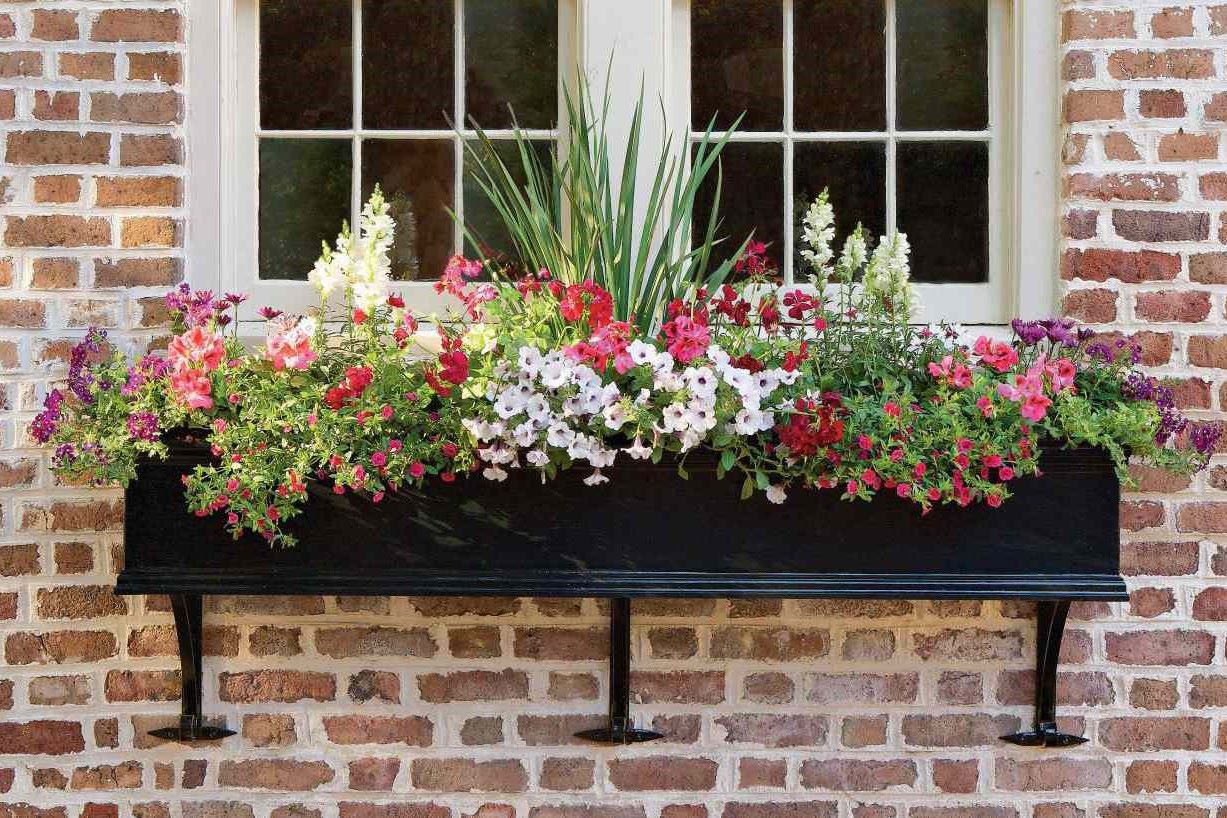

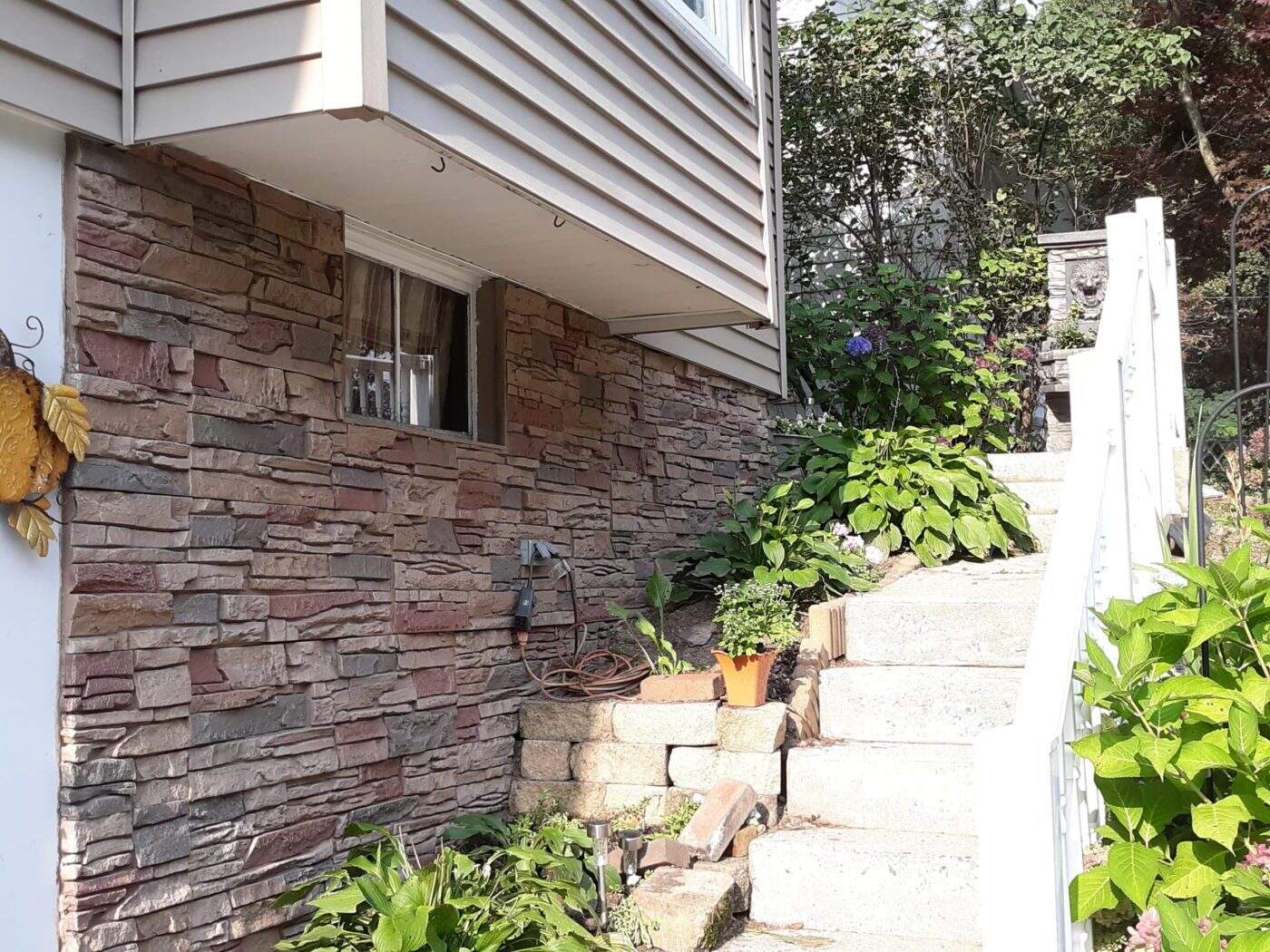





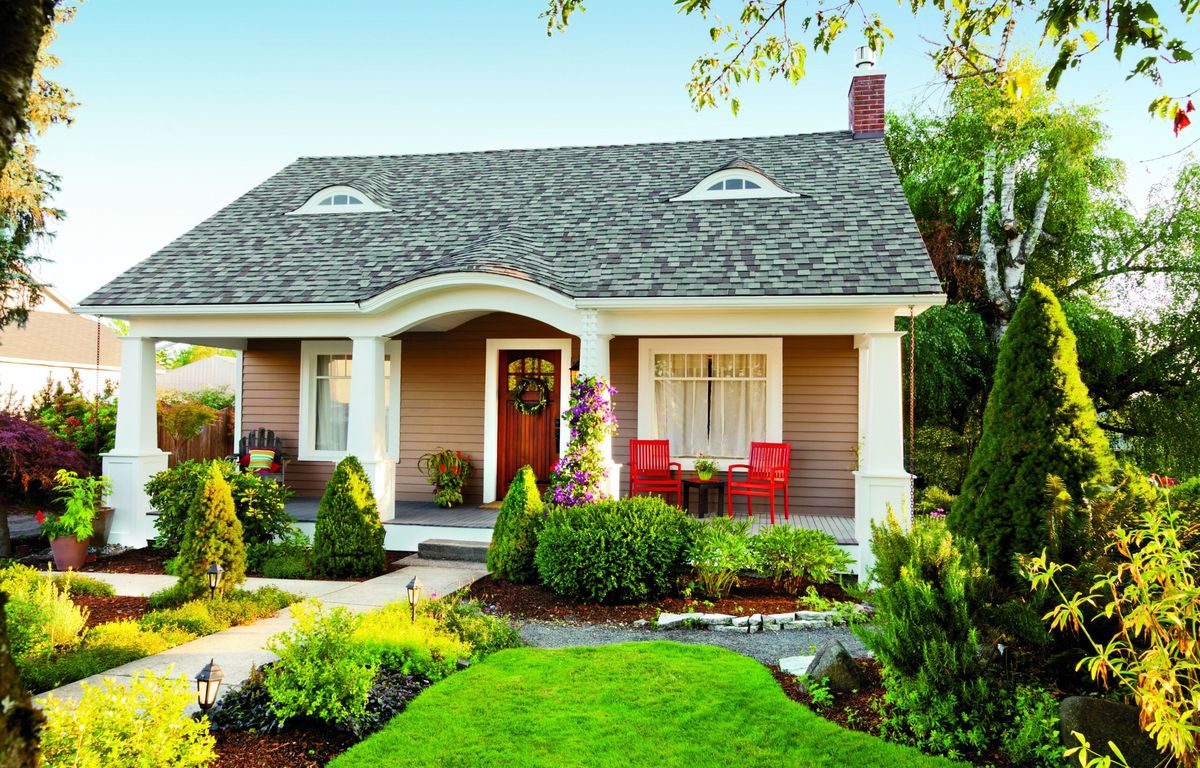
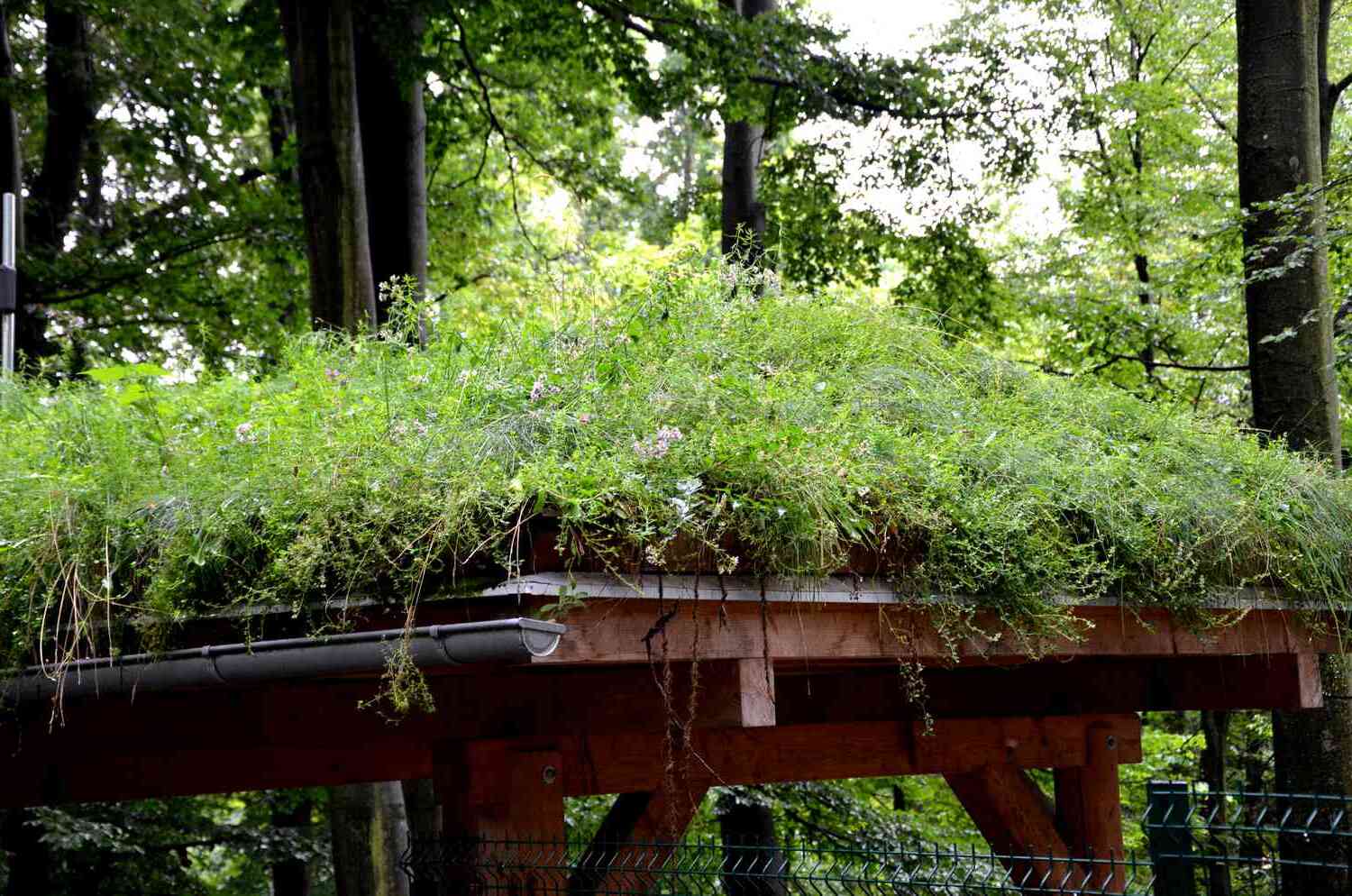

0 thoughts on “Upgrading Your Home’s Exterior With DIY Rain Chains”